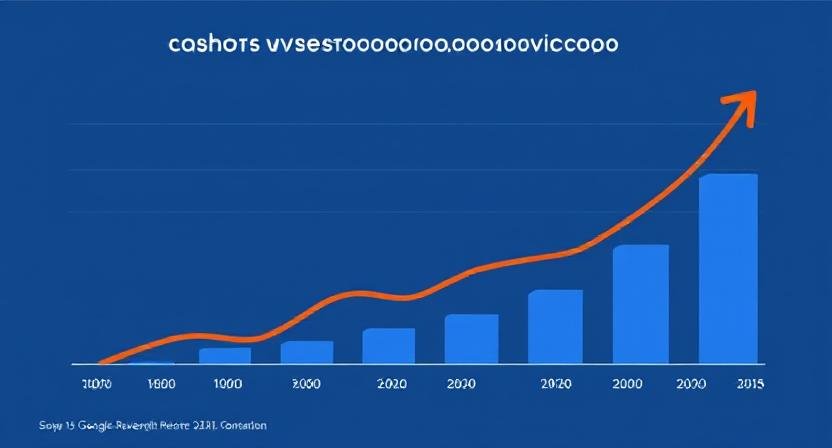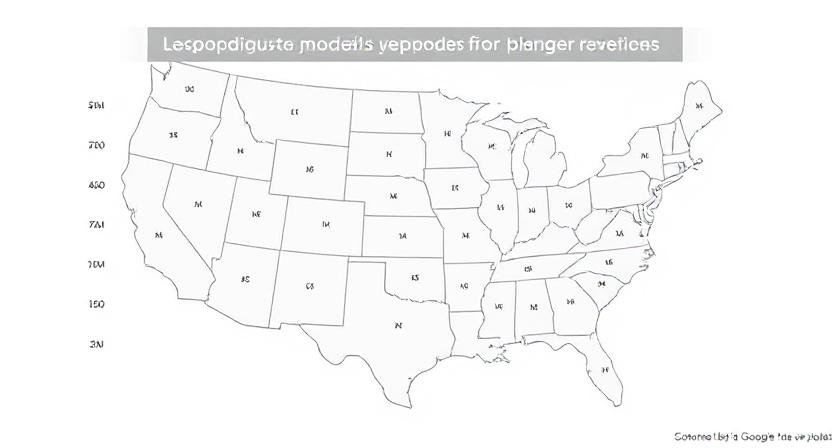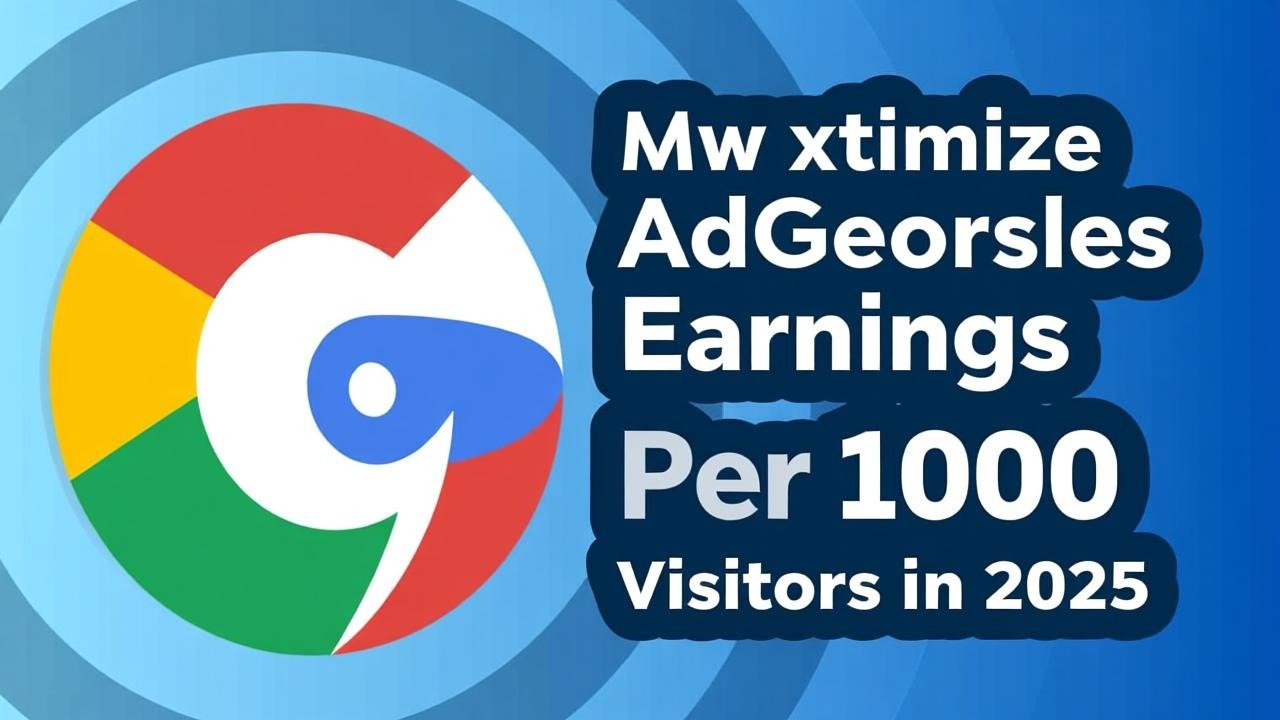Understanding YouTube CPM (Cost Per Mille) is vital for creators aiming to maximize their ad revenue. CPM represents the cost advertisers pay per 1,000 ad impressions on your videos, directly affecting how much you earn from YouTube’s advertising ecosystem. In 2025, with evolving advertiser behavior and new monetization features, grasping CPM nuances and calculation methods is crucial for smart revenue optimization.
This detailed guide explains what CPM is, factors affecting it in 2025, how to calculate your earnings accurately, and strategies to improve CPM on your YouTube channel.
What Is YouTube CPM?
CPM stands for “Cost Per Mille,” meaning the cost advertisers pay per 1,000 ads shown. It measures advertising prices rather than creator earnings directly.
YouTube CPM indicates how much advertisers bid to display ads on your content based on factors like audience demographics, content niche, and ad demand.
Difference Between CPM and RPM
-
CPM: Amount advertisers pay per 1,000 ad impressions. It reflects total ad spend.
-
RPM (Revenue Per Mille): Your actual earnings per 1,000 views after YouTube takes its approximately 45% cut. RPM equals the revenue you receive and accounts for monetized views, not just total views.
Example: If CPM is $10, your RPM might be around $5.50.
Factors Affecting YouTube CPM in 2025
-
Niche and Content Category
Finance, technology, legal, and health niches generally command higher CPMs due to advertiser competition. -
Audience Geography
Ad rates are higher for viewers in countries like the US, Canada, UK, and Australia. -
Viewer Demographics
Age, gender, and interests impact ad targeting and value. -
Ad Format and Placement
Non-skippable and mid-roll ads typically have higher CPM than display or overlay ads. -
Seasonality
Advertisers increase budgets during holiday seasons, pushing CPMs higher. -
Device Used
Desktop viewers often generate higher CPM than mobile viewers due to display ad formats.
How to Calculate Your YouTube Earnings Using CPM
Your gross revenue formula based on CPM is:
Earnings=(Total Monetized Views1000)×CPM×(1−YouTube’s Share)
Where YouTube’s share is roughly 45%.
Example Calculation
Suppose:
-
Total Monetized Views: 500,000
-
CPM: $8
-
YouTube’s cut: 45%
Calculation:
500,0001000=500 units of 1,000 views500×8=$4,000 (total ad revenue)$4,000×0.55=$2,200 (creator revenue, RPM basis)
Your estimated earnings would be approximately $2,200.
Tools to Estimate YouTube CPM and Earnings in 2025
Several online calculators help estimate earnings based on input CPM and view counts:
-
Influencer Marketing Hub YouTube Money Calculator
-
Social Blade
-
Vidooly
Creators can input their average views and CPM estimates to obtain revenue approximations.
Strategies to Increase CPM on Your YouTube Channel
-
Focus on High-CPM Niches: Finance, tech, and B2B content attract premium advertisers.
-
Optimize Viewer Geography: Target audiences with higher ad spend potential via language or content focus.
-
Increase Watch Time and Engagement: Higher engagement encourages better ad placements.
-
Use Longer Videos (>8 minutes): Enables multiple mid-roll ads, increasing ad inventory per video.
-
Add Channel Memberships and Super Chats: Supplement ad revenue with fan funding.
-
Keep Content Advertiser-Friendly: Avoid content violations that lead to limited ads or demonetization.
Understanding RPM for Actual Creator Earnings
RPM provides a more realistic measure of your true income since it factors YouTube’s revenue share and monetized views. Creators often see fluctuating RPM due to ad block usage, viewer demographics, and YouTube algorithm changes.
Regular monitoring of both CPM and RPM in YouTube Analytics helps adjust content and monetization tactics for better returns.
High-Authority Resource
For authoritative insights and updated monetization guidelines, visit YouTube’s official Creator Monetization Help:
Understanding CPM and Revenue
Read More: How to Build Subscriber Loyalty on YouTube in 2025: Proven Strategies for Long-Term Growth
Conclusion
YouTube CPM in 2025 remains a critical metric that influences how much you can earn from your channel. Understanding what CPM represents, how it differs from RPM, and using accurate calculation methods empowers creators to better forecast income and optimize their strategies.
By focusing on high-CPM niches, improving content quality, and analyzing analytics data, creators can significantly boost their YouTube revenue this year and in the future.











1 thought on “YouTube CPM in 2025: What It Is and How to Calculate Your Earnings”